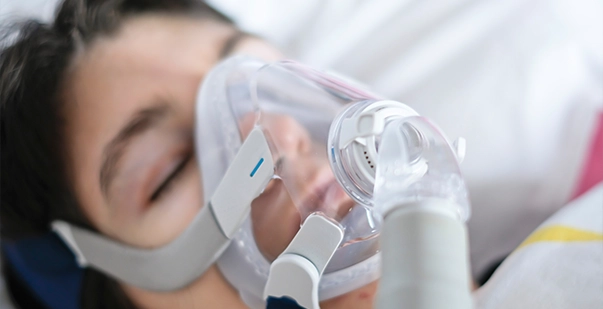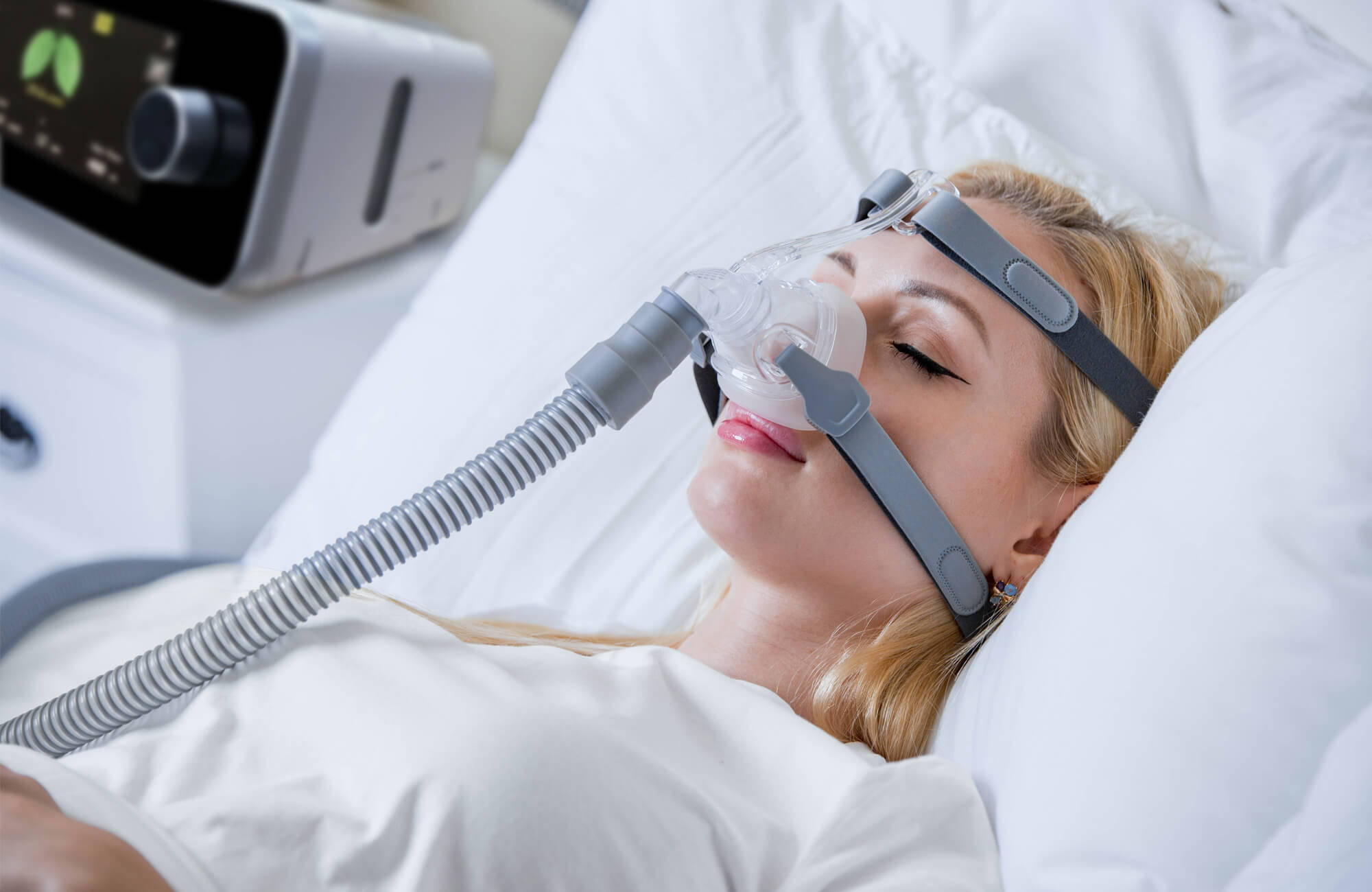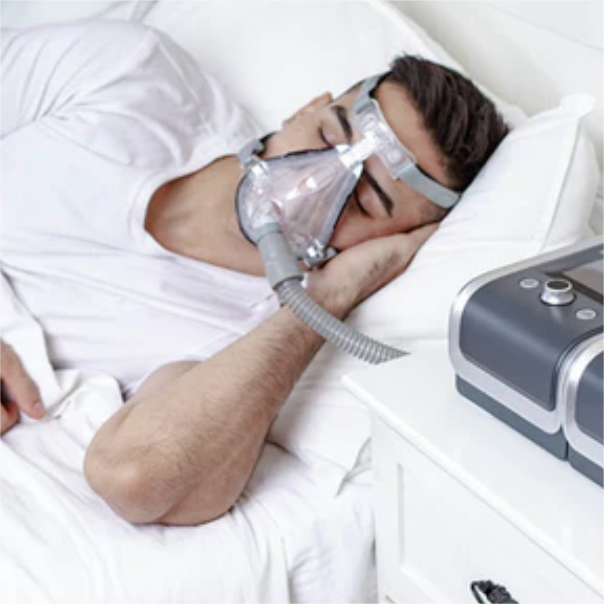Conserve Money with Convenient BiPAP Rental Strategies
Conserve Money with Convenient BiPAP Rental Strategies
Blog Article
Bipap vs. CPAP: Which Is the very best for Your Sleep Condition?
When navigating the complexities of rest conditions, the choice in between BiPAP and CPAP therapy is an essential consideration. While CPAP supplies a constant air flow suitable for obstructive rest apnea, BiPAP's twin stress setups may improve convenience for those with more complex respiratory problems.
Comprehending Rest Disorders
Sleep conditions encompass a series of problems that disrupt typical rest patterns, impacting both the quality and duration of rest. These disorders can manifest in numerous types, consisting of sleeplessness, rest apnea, narcolepsy, uneasy leg syndrome, and parasomnias. Each condition offers special challenges, frequently leading to substantial daytime fatigue, cognitive problems, and psychological disturbances.
Insomnia is identified by problem dropping or staying asleep, while sleep apnea includes repeated disturbances in breathing throughout rest, usually bring about fragmented rest. Narcolepsy, on the various other hand, is noted by excessive daytime sleepiness and unexpected sleep strikes. Agitated leg disorder creates uneasy sensations in the legs, triggering an uncontrollable desire to move them, which can also impede the capacity to go to sleep.
The influence of rest disorders expands beyond individual health and wellness, affecting general productivity, partnerships, and high quality of life. Understanding the particular nature of each problem is critical for efficient diagnosis and treatment. As sleep wellness becomes significantly identified as an important part of overall wellness, attending to these conditions is essential for enhancing both sleep top quality and day-to-day performance.
How CPAP Works
Continuous Favorable Respiratory Tract Stress (CPAP) therapy is frequently used as a key therapy for obstructive sleep apnea (OSA) The mechanism of CPAP entails using a maker that provides a stable stream of air through a mask put on throughout sleep. This air movement keeps positive pressure in the respiratory tract, stopping the collapse or obstruction of the throat that can occur during rest.
When an individual breathes in, the CPAP maker provides a continual flow of air, ensuring that the respiratory tract remains open - BiPAP Rental. This not just minimizes the symptoms of OSA, such as snoring and interfered with sleep patterns, but additionally decreases the associated wellness risks, consisting of cardiovascular difficulties and daytime tiredness
The stress setups on a CPAP equipment can be customized to satisfy specific person needs, typically established through a sleep study. Generally, CPAP treatment has actually been revealed to significantly improve the top quality of rest and overall health for individuals experiencing from obstructive sleep apnea.
Exactly How BiPAP Functions
BiPAP, or Bilevel Favorable Respiratory Tract Stress, is a customized kind of non-invasive ventilation that is especially beneficial for patients with conditions such as complex sleep apnea or respiratory disorders. Unlike CPAP, which delivers a continuous stream of air at a single stress, BiPAP gives 2 distinctive stress setups: go to the website a greater inspiratory pressure for inhalation and a lower expiratory pressure for exhalation. This dual-pressure strategy permits for less complicated breathing, lowering the initiative called for throughout exhalation.
The gadget operates through a mask fitted over the nose or mouth, connected to a machine that creates air stress. When the individual inhales, the device delivers the greater stress to assist with airflow, making certain that the respiratory tract stays open. Upon exhalation, the device automatically lowers click now the stress, making it much more comfortable for the person to take a breath out.

Secret Differences In Between BiPAP and CPAP

On the other hand, BiPAP (Bilevel Favorable Respiratory tract Pressure) uses 2 different pressure settings: one for breathing and a reduced one for exhalation. This dual pressure system enables for even more comfortable breathing, particularly for patients who fight with exhaling versus a continual stress. BiPAP is usually recommended for clients with complex sleep apnea, persistent obstructive lung disease (COPD), or those who need added assistance during sleep.
Additionally, the intricacy of BiPAP tools typically leads to a higher expense and needs a lot more mindful titration than CPAP. BiPAP Rental. Recognizing these key differences can aid in recognizing which device may be much more appropriate for certain sleep conditions, setting the groundwork for informed treatment decisions
Picking the Right Treatment
The choice between BiPAP and CPAP treatment mostly hinges on the specific features of the sleep disorder, the client's general wellness, and their convenience with the tool. CPAP, which delivers a constant stream of air, is commonly prescribed for obstructive rest apnea (OSA)
On the other hand, BiPAP offers 2 More Help levels of stress: one for inhalation and a reduced one for exhalation. This double pressure system is beneficial for individuals with complex rest apnea or those who experience trouble exhaling versus a continuous stress. Furthermore, BiPAP is often suggested for individuals with breathing conditions, such as persistent obstructive lung illness (COPD), where differing pressure setups can boost comfort and conformity.
Ultimately, a detailed examination by a rest specialist, consisting of a rest research study, can aid determine which treatment straightens best with the individual's needs. Elements such as convenience, ease of use, and certain clinical conditions need to also be considered to optimize treatment end results.
Verdict
In summary, both BiPAP and CPAP serve distinct purposes in the administration of sleep conditions. CPAP works for obstructive rest apnea with regular air movement, while BiPAP supplies twin stress setups that boost convenience for those with intricate rest apnea or respiratory system issues. The selection between these therapies must be led by private requirements and conditions, requiring an extensive examination by a rest expert to guarantee optimal treatment end results and boosted high quality of sleep.

In general, CPAP therapy has actually been shown to significantly boost the quality of rest and total wellness for individuals experiencing from obstructive rest apnea.
BiPAP is often suggested for people with complicated rest apnea, persistent obstructive lung condition (COPD), or those that need additional support throughout rest.
CPAP is reliable for obstructive rest apnea with consistent airflow, while BiPAP provides double pressure settings that enhance comfort for those with complex rest apnea or respiratory system concerns.
Report this page